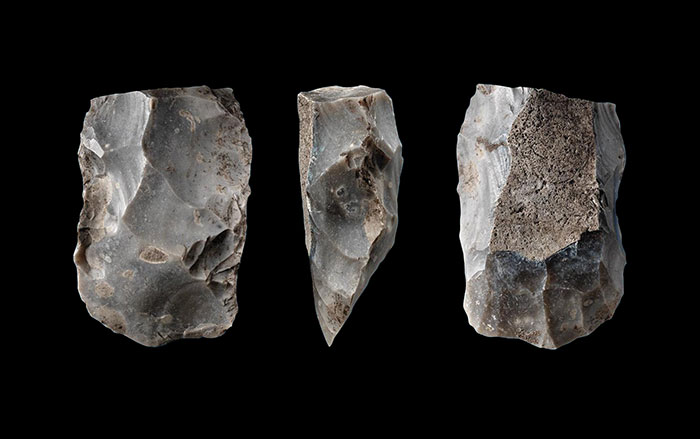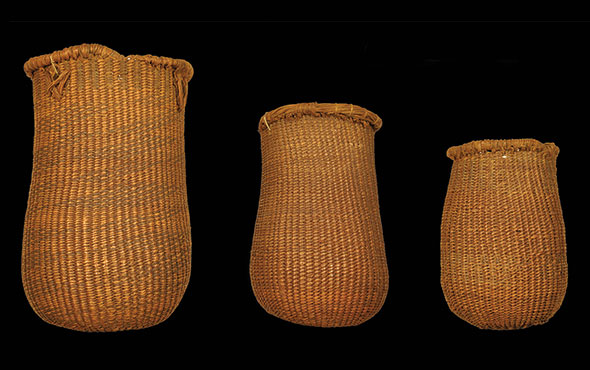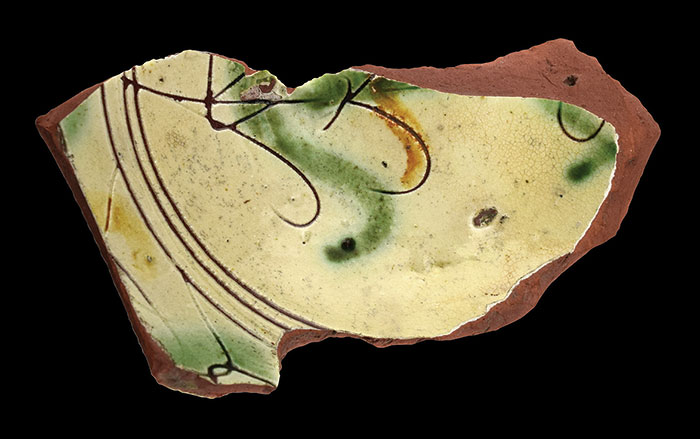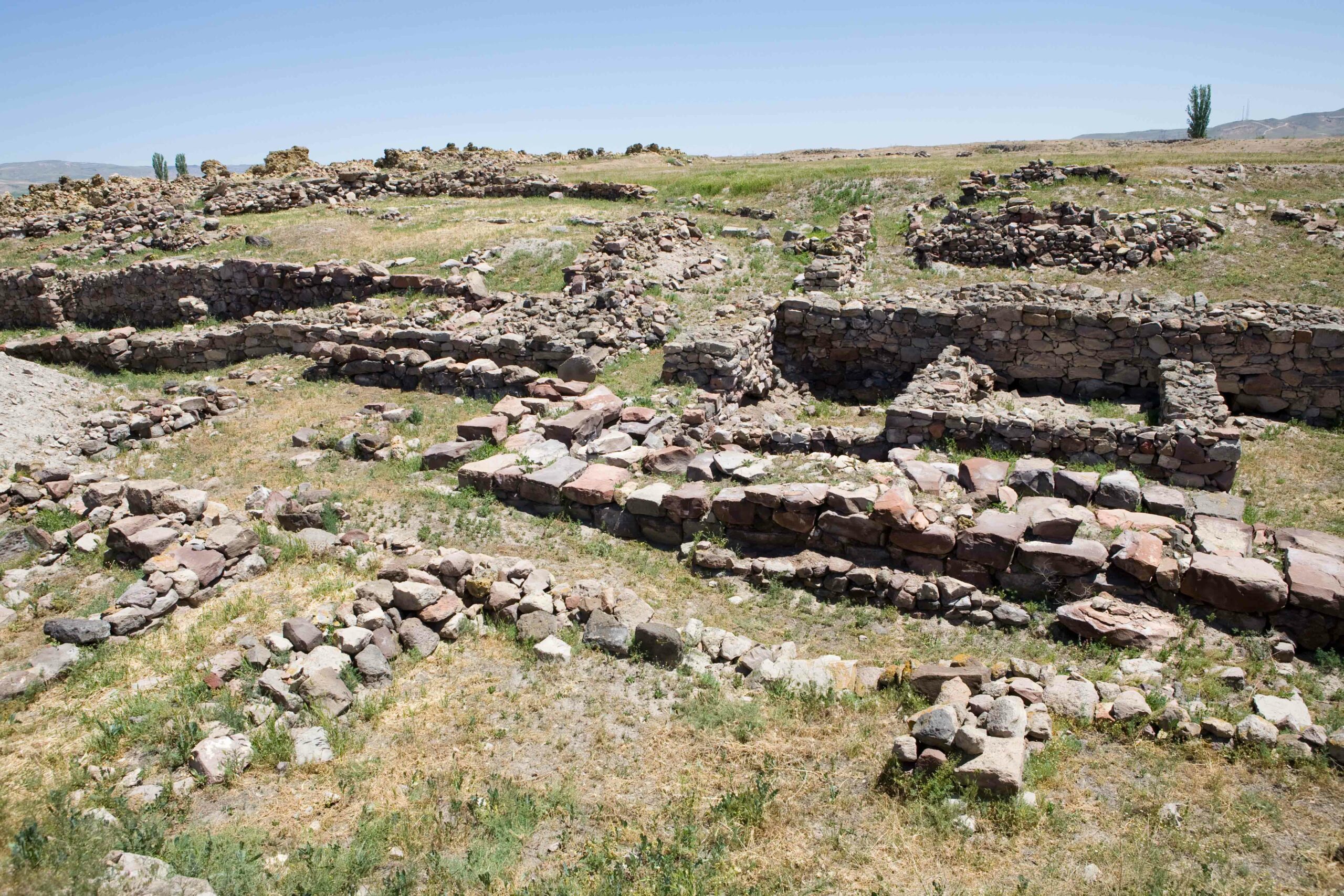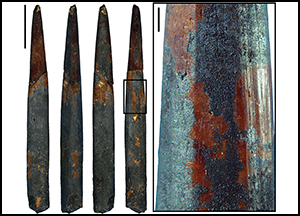
JOHANNESBURG, SOUTH AFRICA—Haaretz reports that a team led by Lucinda Backwell of the University of the Witwatersrand created bone projectiles modeled after one unearthed in Sibudu Cave, a rock shelter in South Africa, in order to test its possible use as an arrowhead. The 61,700-year-old bone point was found in a hearth, and shows some heat damage, in addition to marks from being shaped with stone tools. The replica points were made from the fresh bones of elands, and were secured to reed shafts with animal sinew. All of the marks on the bone points were scanned and recorded before testing began. The arrows were then shot from bows made of wood and kudu tendon into a goat carcass. One of the new points was also heated and dried in order to compare it with the damage seen on the ancient artifact. Analysis of the micro-cracks on the new bone arrowheads suggests the point found at Sibudu Cave was likely to have been shot with a bow by a hunter before it was lost or disposed of in a hearth—some 10,000 years earlier than bows are known to have been used in Eurasia. To read about the discovery of a much more recent arrow point in Canada, go to “Time’s Arrow.”



